Climbing plants are a versatile and beautiful addition to any garden. They can transform a bland wall, fence, or trellis into a lush, green tapestry of foliage and flowers. In this comprehensive guide, we will explore various types of climbing plants, their benefits, how to plant and care for them, and provide a seasonal care guide to help you manage your climbing plants throughout the year.
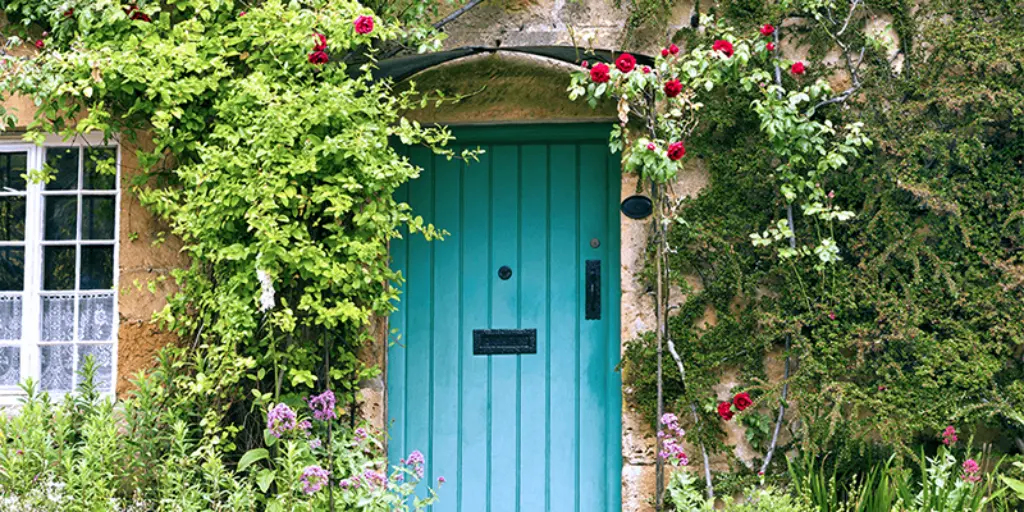
Table of Contents
- Introduction to Climbing Plants
- Types of Climbing Plants
- Benefits of Climbing Plants
- Choosing the Right Climbing Plant
- Planting and Initial Care
- Seasonal Care Guide
- Pruning and Training
- Common Problems and Solutions
- Popular Climbing Plants
Introduction to Climbing Plants
Climbing plants, also known as climbers or vines, are plants that have developed specialized adaptations to grow vertically. They use various methods such as twining stems, tendrils, rootlets, or hooks to support themselves and reach sunlight. These plants can cover structures, provide privacy, and add aesthetic value to your garden.
Types of Climbing Plants
Climbing plants can be categorized based on their climbing mechanism. Understanding these types can help you choose the right plant for your garden and support structure.
Twining Climbers
Twining climbers use their flexible stems to coil around supports. They can be either clockwise or counterclockwise twining.
- Examples: Morning glory (Ipomoea spp.), Wisteria (Wisteria spp.), Honeysuckle (Lonicera spp.).
Tendrils and Leaf Climbers
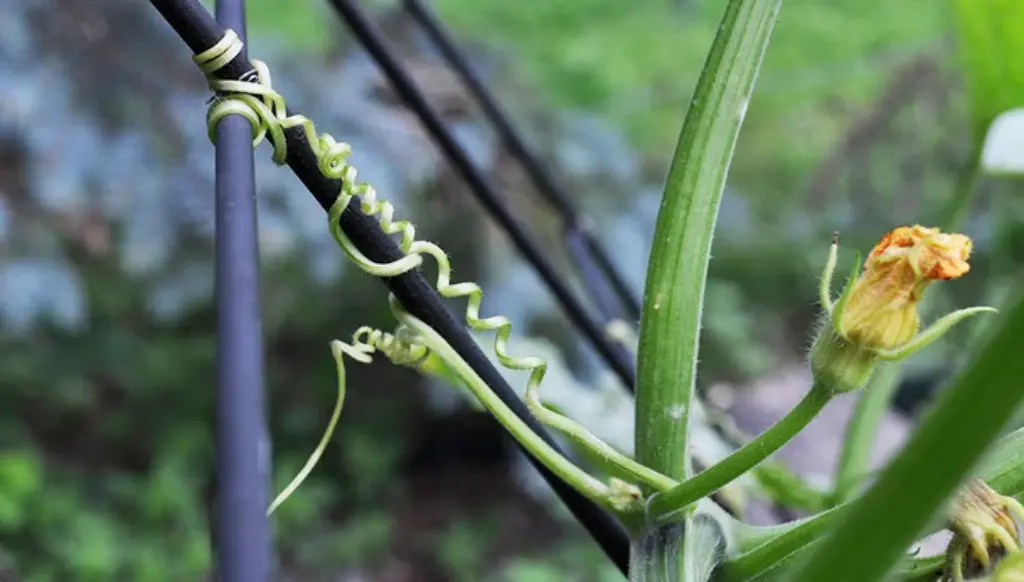
These climbers use specialized structures called tendrils or modified leaves to grasp and climb.
- Examples: Sweet pea (Lathyrus odoratus), Passionflower (Passiflora spp.), Grape (Vitis spp.).
Root Climbing Plants

Root climbing plants develop aerial roots or rootlets that attach to surfaces, enabling them to climb walls and other structures.
- Examples: Ivy (Hedera spp.), Climbing hydrangea (Hydrangea petiolaris), Trumpet vine (Campsis radicans).
Scramblers
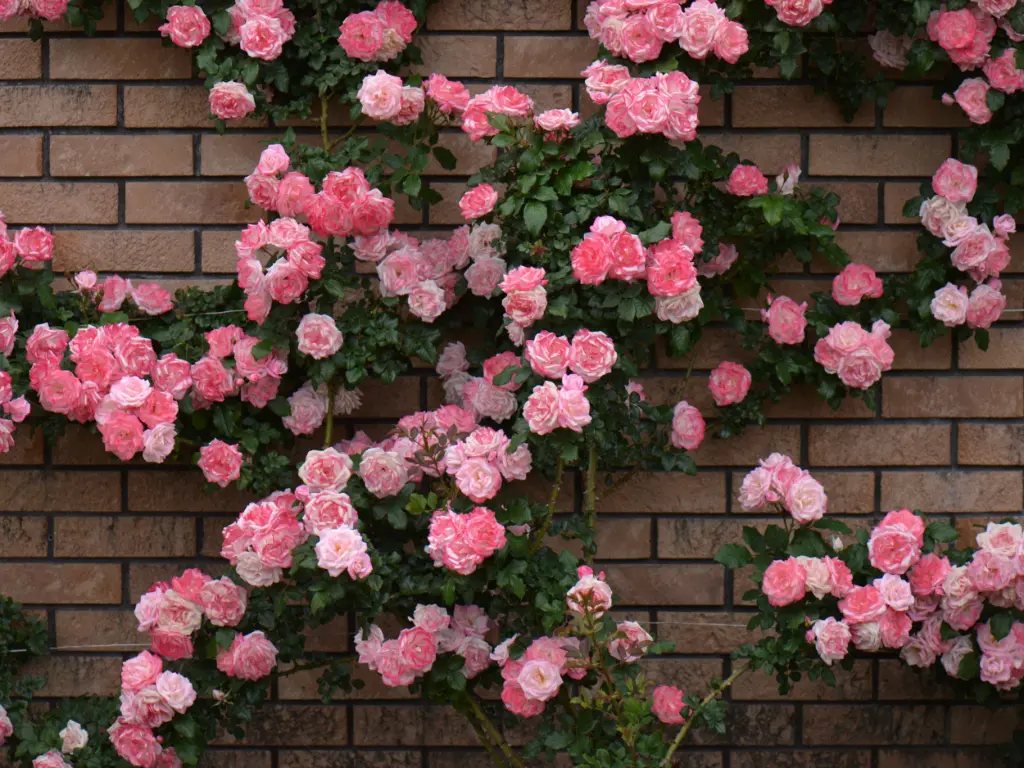
Scramblers do not have specialized climbing structures but rely on their long, flexible stems to grow over other plants or structures.
- Examples: Bougainvillea (Bougainvillea spp.), Rambling rose (Rosa spp.), Clematis (Clematis spp.).
Benefits of Climbing Plants
Climbing plants offer numerous benefits to gardeners and landscapes:
- Aesthetic Appeal: They add vertical interest and beauty to gardens, transforming bare walls and fences into lush green spaces.
- Space Efficiency: Ideal for small gardens, they maximize vertical space, allowing you to grow more plants in limited areas.
- Privacy and Screening: Dense foliage provides privacy and screens unsightly views.
- Wildlife Habitat: Flowers and foliage attract pollinators, birds, and beneficial insects.
- Climate Control: They can cool buildings by providing shade and reducing heat absorption.
Choosing the Right Climbing Plant
Selecting the appropriate climbing plant involves considering factors such as climate, sunlight, soil conditions, and the structure you want to cover.
- Climate: Ensure the plant is suited to your local climate. Some climbers prefer warm, temperate climates, while others can tolerate frost and cold.
- Sunlight: Determine the amount of sunlight the location receives. Some climbers thrive in full sun, while others prefer partial or full shade.
- Soil Conditions: Check soil type and drainage. Most climbers prefer well-drained soil with organic matter.
- Support Structure: Match the plant to the support structure. For example, twining climbers need a trellis or wire framework, while root climbers can adhere directly to walls.
Planting and Initial Care
Proper planting and initial care are crucial for the successful establishment of climbing plants.
Planting
- Timing: Plant climbers in spring or fall when temperatures are mild.
- Preparation: Prepare the soil by adding compost or organic matter to improve fertility and drainage.
- Planting Hole: Dig a hole twice the width of the root ball and deep enough to accommodate the roots.
- Positioning: Place the plant at the base of the support structure, ensuring the roots are spread out and covered with soil.
- Watering: Water thoroughly after planting and maintain consistent moisture until the plant is established.
Initial Care
- Mulching: Apply mulch around the base to retain moisture and suppress weeds.
- Fertilizing: Feed with a balanced fertilizer during the growing season to promote healthy growth.
- Training: Gently guide the stems to the support structure and secure them if necessary.
Seasonal Care Guide
Here’s a handy seasonal guide to help you manage your climbing plants throughout the year:
Winter (December – February)
- Planting: Not recommended in cold climates; can be done in mild climates.
- Pruning: Prune deciduous climbers while dormant.
- Protection: Protect tender climbers from frost with mulch or coverings.
Spring (March – May)
- Planting: Ideal time for planting new climbers.
- Watering: Ensure consistent watering as new growth begins.
- Fertilizing: Apply balanced fertilizer to support growth.
- Training: Start training new growth onto the support structure.
Summer (June – August)
- Watering: Maintain regular watering, especially during dry periods.
- Pruning: Light pruning to control excessive growth and encourage flowering.
- Pest Control: Monitor for pests and diseases, treating as needed.
Autumn (September – November)
- Planting: Suitable for planting in mild climates.
- Watering: Reduce watering as temperatures cool.
- Fertilizing: Apply a slow-release fertilizer to prepare for winter.
- Pruning: Prune back after flowering to maintain shape and remove dead growth.
Seasonal Care Guide
Here’s a handy seasonal guide to help you manage your climbing plants throughout the year:
| Month | Planting | Flowers | Pruning | Watering | Fertilizing |
|---|---|---|---|---|---|
| Jan | Regular | ||||
| Feb | Regular | ||||
| Mar | Yes | Regular | Yes | ||
| Apr | Yes | Regular | Yes | ||
| May | Yes | Regular | Yes | ||
| Jun | Yes | Regular | |||
| Jul | Yes | Regular | |||
| Aug | Yes | Light | Regular | ||
| Sep | Yes | Regular | Slow-release | ||
| Oct | Yes | Reduced | Slow-release | ||
| Nov | Pruning | Reduced | |||
| Dec | Pruning | Reduced |
Pruning and Training
Pruning and training are essential to maintain the health and shape of climbing plants. Proper techniques encourage robust growth and abundant flowering.
Pruning
- Timing: Prune after flowering or during dormancy, depending on the plant type.
- Tools: Use sharp, clean pruning shears to make clean cuts.
- Methods:
- Light Pruning: Remove dead or damaged stems and trim for shape.
- Hard Pruning: Cut back severely to rejuvenate old or overgrown plants.
- Thinning: Remove crowded stems to improve air circulation and light penetration.
Training
- Supports: Provide appropriate support structures such as trellises, wires, or arbors.
- Tying: Use soft ties to gently secure stems to the support.
- Guiding: Regularly check and guide new growth to ensure it follows the desired path.
Common Problems and Solutions
Climbing plants can face various challenges, but many issues can be resolved with proper care and attention.
Pests
- Aphids: Small sap-sucking insects that can be controlled with insecticidal soap or neem oil.
- Spider Mites: Tiny pests that cause stippling on leaves; treat with miticides or water sprays.
- Scale: Hard-shelled insects that can be removed manually or treated with horticultural oil.
Diseases
- Powdery Mildew: Fungal disease causing white powdery patches; prevent with proper spacing and treat with fungicides.
- Root Rot: Caused by overwatering or poor drainage; improve soil drainage and reduce watering.
- Leaf Spot: Fungal or bacterial spots on leaves; remove affected leaves and apply appropriate treatments.
Environmental Stress
- Drought: Provide consistent watering
, especially during dry periods.
- Frost Damage: Protect tender climbers with mulch or coverings during cold snaps.
- Nutrient Deficiency: Fertilize with balanced nutrients to support healthy growth.
Popular Climbing Plants
Here are some popular climbing plants that can enhance your garden:
Wisteria (Wisteria spp.)
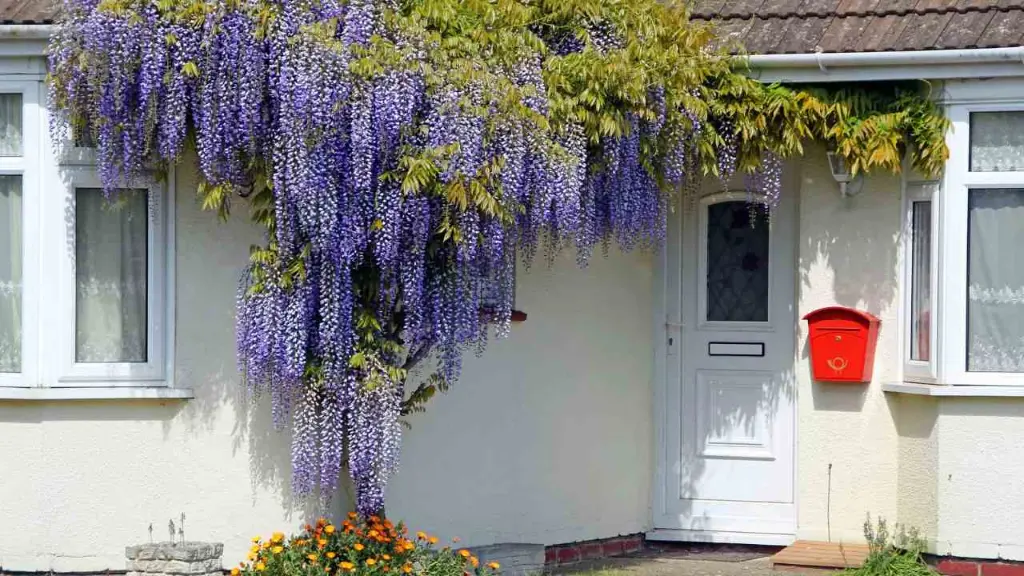
- Description: A vigorous twining climber with cascading clusters of fragrant flowers.
- Light: Full sun.
- Soil: Well-drained, fertile soil.
- Care: Requires strong support and regular pruning to control growth.
Clematis (Clematis spp.)
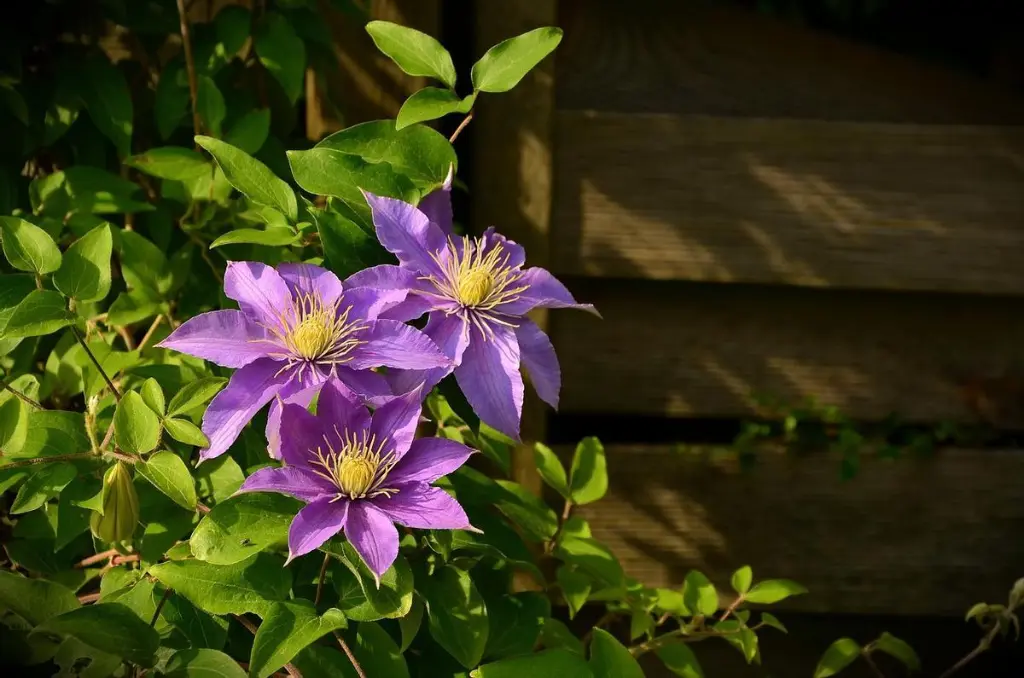
- Description: A diverse group of climbers with large, showy flowers in various colors.
- Light: Full sun to partial shade.
- Soil: Well-drained, fertile soil.
- Care: Prune according to group (early-flowering, late-flowering, or repeat-blooming).
Ivy (Hedera spp.)
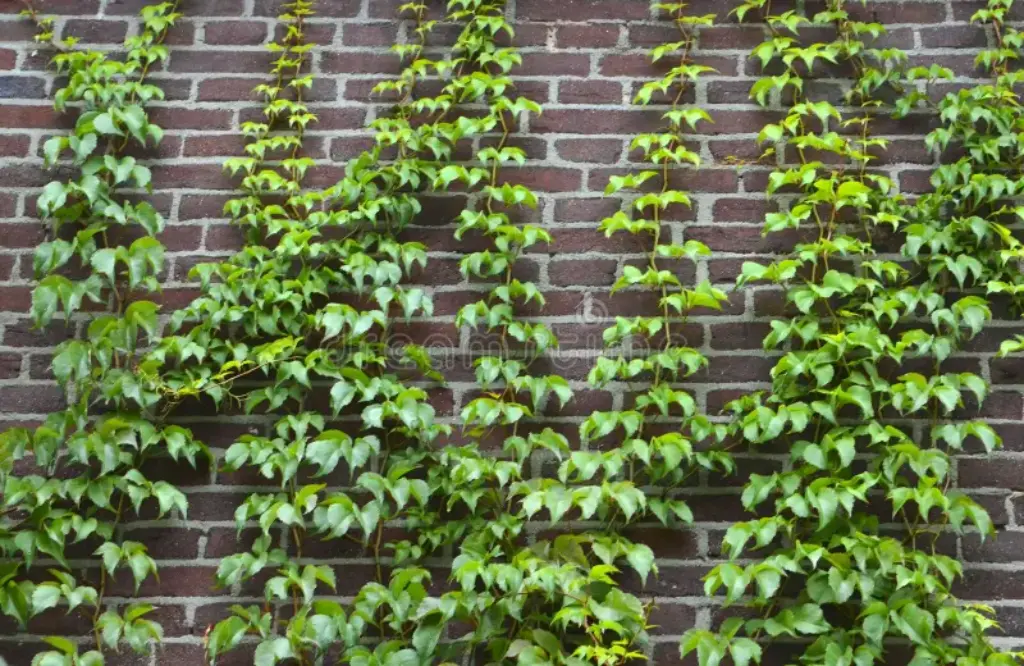
- Description: A hardy, evergreen root climber with glossy leaves.
- Light: Full sun to deep shade.
- Soil: Any well-drained soil.
- Care: Minimal care, occasional pruning to control spread.
Bougainvillea (Bougainvillea spp.)

- Description: A vibrant scrambler with colorful bracts surrounding small flowers.
- Light: Full sun.
- Soil: Well-drained, slightly acidic soil.
- Care: Requires support and regular pruning to maintain shape.
Passionflower (Passiflora spp.)
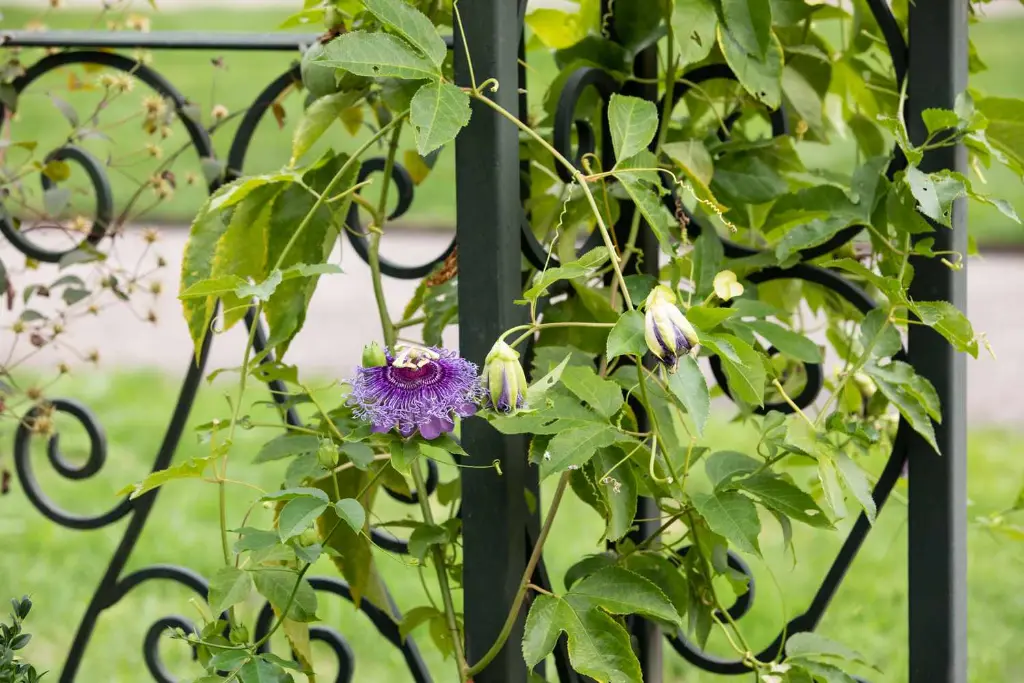
- Description: An exotic climber with intricate, fragrant flowers and edible fruit.
- Light: Full sun to partial shade.
- Soil: Well-drained, fertile soil.
- Care: Provide support and protect from frost.
Conclusion

Climbing plants are a fantastic addition to any garden, offering vertical interest, beauty, and functional benefits. By understanding the different types of climbers, their care requirements, and seasonal maintenance, you can successfully grow and enjoy these versatile plants. Whether you choose a fragrant wisteria, a colorful bougainvillea, or a hardy ivy, climbing plants will enhance your garden’s aesthetic appeal and create a lush, green oasis.
For more detailed guides and specific plant recommendations, consider consulting local gardening experts or resources tailored to your region’s climate and conditions. Happy gardening!



